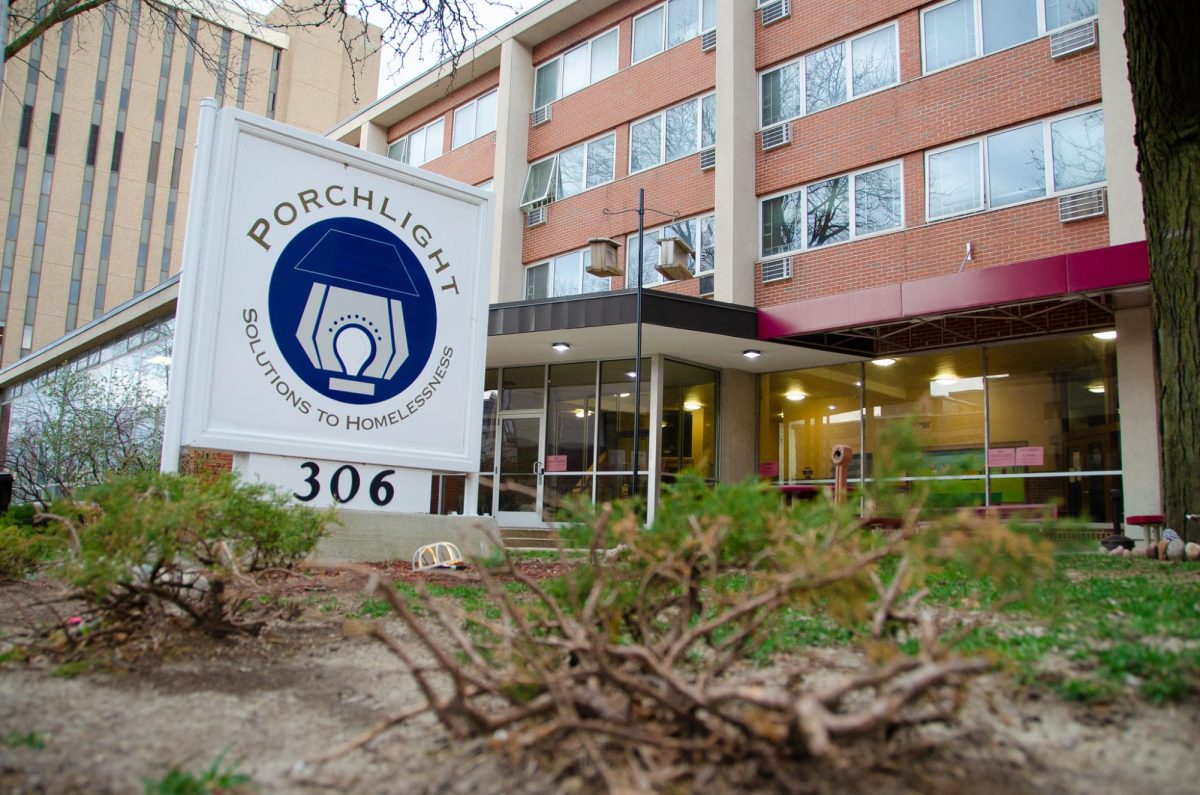The homelessness rate in Dane County has decreased in 2022 and 2023, but the rates for the state of Wisconsin have been increasing, according to Wisconsin Public Forum’s report of the Department of Housing and Urban Development’s findings.
While the trend for homelessness has been on the decline in the county, City of Madison’s Community Development Division Director Jim O’Keefe said this may only reflect a return to pre-pandemic rates rather than a true decrease in homelessness.
Similar decreases have also occurred in other major Wisconsin cities. In Milwaukee, homelessness rates have shifted to resemble pre-pandemic numbers in comparison to those at the height of the pandemic, which were significantly lower due to the allocation of federal funding to homelessness resources, according to IMPACT Director of Systems Change Emily Kenney.
Previously, the Homeless Emergency Assistance and Rapid Transition to Housing Act of 2009 worked to coordinate programs and local efforts run by various agencies to better respond to people experiencing homelessness in the state, according to O’Keefe. Influenced by this effort, Dane County experienced a trend where the size of the homeless population decreased by 153 individuals from 2014 to 2023, according to the WPF’s report. But, these numbers soon changed in accordance with the pandemic.
“We [the City of Madison] spent tens of millions of dollars to provide rental assistance to thousands and thousands of rental households, and in doing that, I’m certain we prevented a lot of people from becoming homeless,” O’Keefe said. “It’s more likely that we’ll return to a more normal pre-pandemic state that’ll be probably more closely aligned with other parts of the state of Wisconsin.”
In response to the pre-pandemic homelessness rates, the City of Madison and Dane County have partnered to initiate an effort to address this issue. Expected to be functional at the end of October 2025, a new men’s shelter located at 1904 Bartillon Dr. is in the works. The shelter is designed to house older men, as they are the primary demographic of homeless individuals in the county, according to City of Madison Engineering Division Project Manager Jon Evans. The shelter will also have facilities to accommodate gender non-conforming individuals and couples as well.
Services available within the shelter include case managers, healthcare, nurse stations, flexible spaces for formal and informal meetings in addition to basic facilities for daily life. The shelter embraces a trauma-informed design which aims to use the factors of one’s environment — such as surrounding color, material, lighting and more — to create a calming and welcoming space, according to Evans.
“I think the facility is going to be a success … In the long-run, [we’re trying] to get them [shelter guests] in a position where they’re stable and they’re safe and they’re down-regulated,” Evans said.
Before the pandemic, the men’s shelter operated out of a church, but this temporary solution proved to be insufficient, creating the demand for a permanent shelter, Evans said. On a national scale, agencies have taken similar action — there has been a shift to prioritize the funding for permanent housing solutions, according to the WPF’s report. This Housing First approach works to establish individuals in permanent housing without any preconditions and barriers to entry such as sobriety, treatment or service participation requirements, according to Wisconsin Balance of State Continuum of Care.
Similar to Dane County, Milwaukee has implemented programs aimed towards alleviating homelessness with an emphasis on providing housing solutions. The Milwaukee Permanent Supportive Housing program is designed for those with any disabling condition — including mental, physical or substance use related — who is seeking long-term support. Additionally, the Rapid Re-Housing program provides rental and monetary support for 12 to 24 months for a person experiencing homelessness, according to Kenney.
Programs across regions of the state contain similar elements as a result of communication between CoC organizations — partnerships between agencies, funders and advocates that aim to reduce homelessness. The Family Initiative is an example of this communication — United Way of Dane County and the Guest House of Milwaukee partnered with the goal of addressing family homelessness, according to Kenney. Ultimately, the conversation between different regions assists in the implementation of local initiatives.
“It’s not easy to implement [housing programs], and how your local communities and your local government works needs to be taken into account,” Kenney said. “I think it’s helpful to be able to share with each other and talk through how different communities are doing it so that you’re not doing it all by yourself and they can take you through things.”
In the wake of the pandemic, federal funding that was allocated toward housing services is now being depleted if it hasn’t already been, according to the WPF’s report. The rental assistance program Dane Core — which provided funds to rental households struggling to pay their rents — concluded May 1, 2023. Similarly, the Eviction Diversion and Defense Partnership — which serves to mediate between renters who have been served eviction notices and their landlord to try to avoid eviction — has the federal funds to continue through 2025, but will eventually meet an end, according to O’Keefe.



